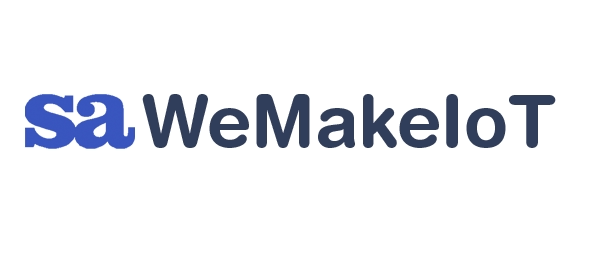Introduction
In Part 1 of this series, we explored how IoT enables sensor manufacturers to evolve from product vendors into long-term service providers. While the opportunity is exciting, the path to IoT service success comes with its own set of challenges.
Whether you’re just starting or already exploring this shift, it’s essential to understand the common roadblocks that may arise and how to plan for them.
Common Challenges on the IoT Journey
Legacy Business Models
Shifting from one-time product sales to recurring service revenue requires a mindset and process shift often across your entire organization.
Cloud Infrastructure and Connectivity
Secure, scalable, and reliable connectivity (e.g., via MQTT or HTTPS) isn’t always simple to implement without experienced teams.
Integration and Interoperability
Many devices “speak” different protocols or formats. Integrating them into a unified system can be complex.
Customer Support Expectations
When you offer a service, customers expect real-time uptime, fast updates, and responsive support.
Skill Gaps
IoT spans hardware, firmware, cloud, and apps. You may need new internal skills or external partners to bridge the gaps.
Scalability
Managing a handful of devices is easy. Managing thousands requires automation in provisioning, monitoring, and updates.
Raw Data ≠ Real Value
The real value isn’t in collecting data, it’s in converting it into clear, actionable insights your customers can use.
Organizational Resistance
Shifting from a hardware-first mindset to a service-driven model may raise internal pushback, especially from legacy teams.
Time to Market
Building the full IoT stack takes time. But customers are expecting fast, polished solutions now.
Final Thought
Yes, there are hurdles, but they’re not deal-breakers. In Part 3, we’ll explore how the right tools and platforms can help you overcome these challenges and unlock real business value from your sensors. Contact us for more..




